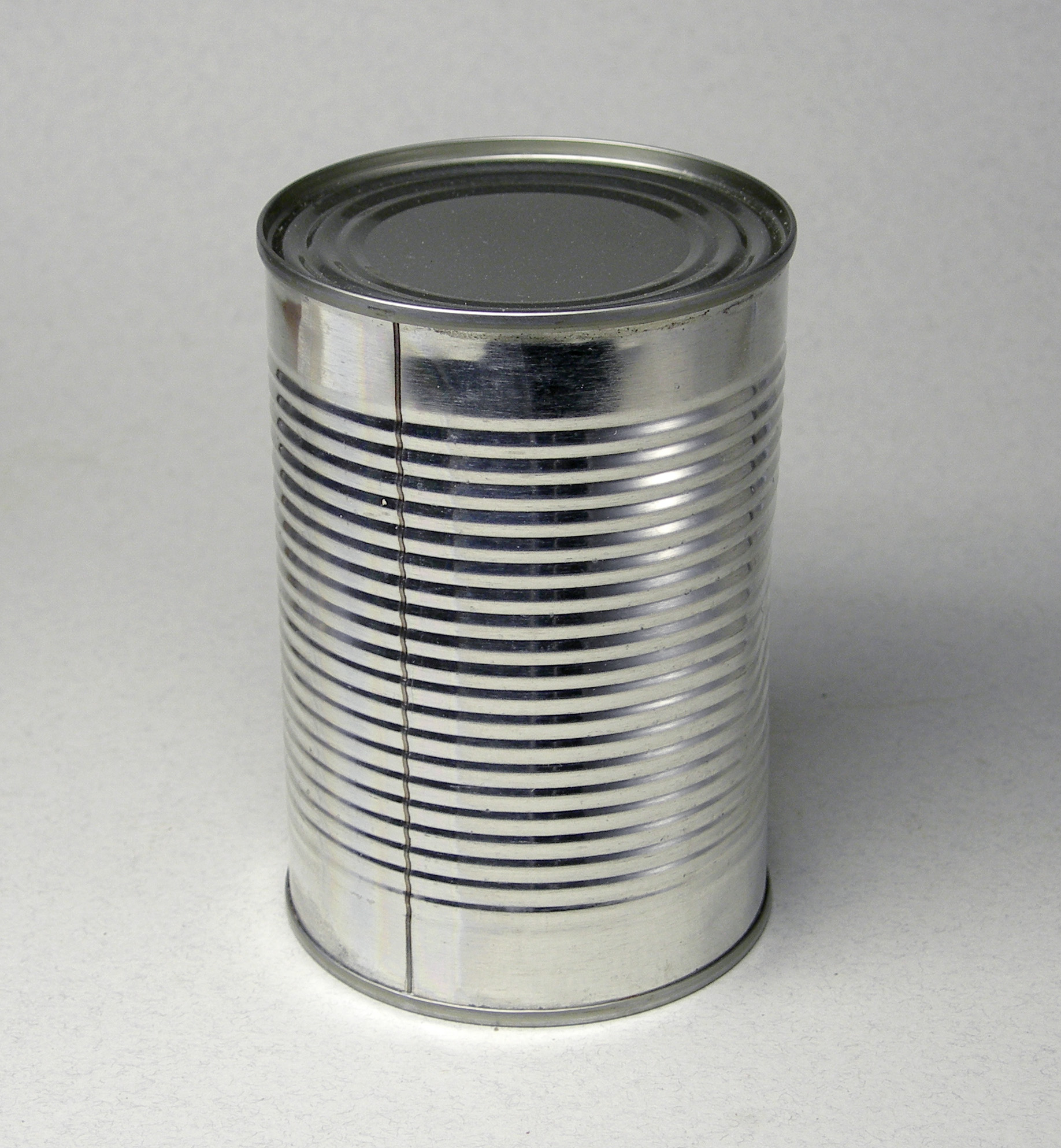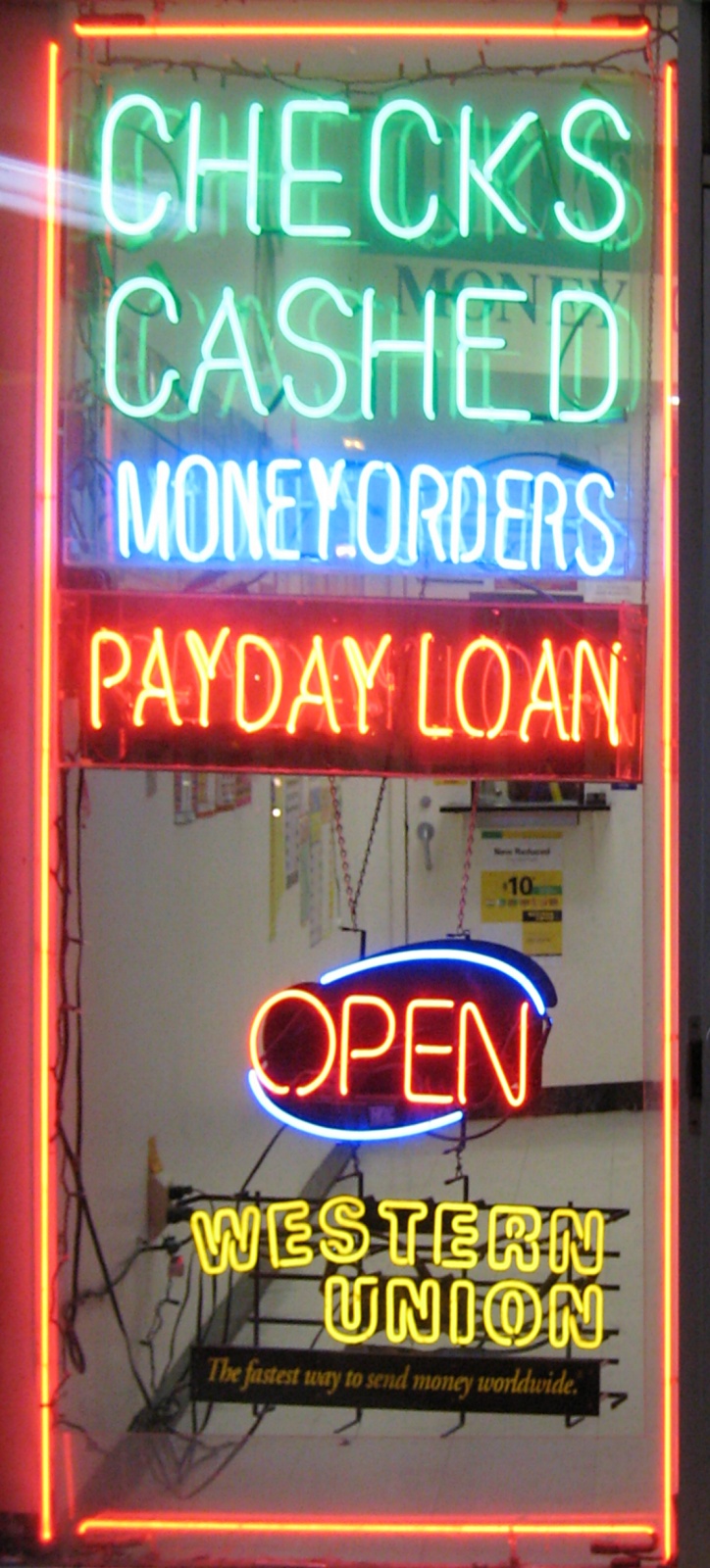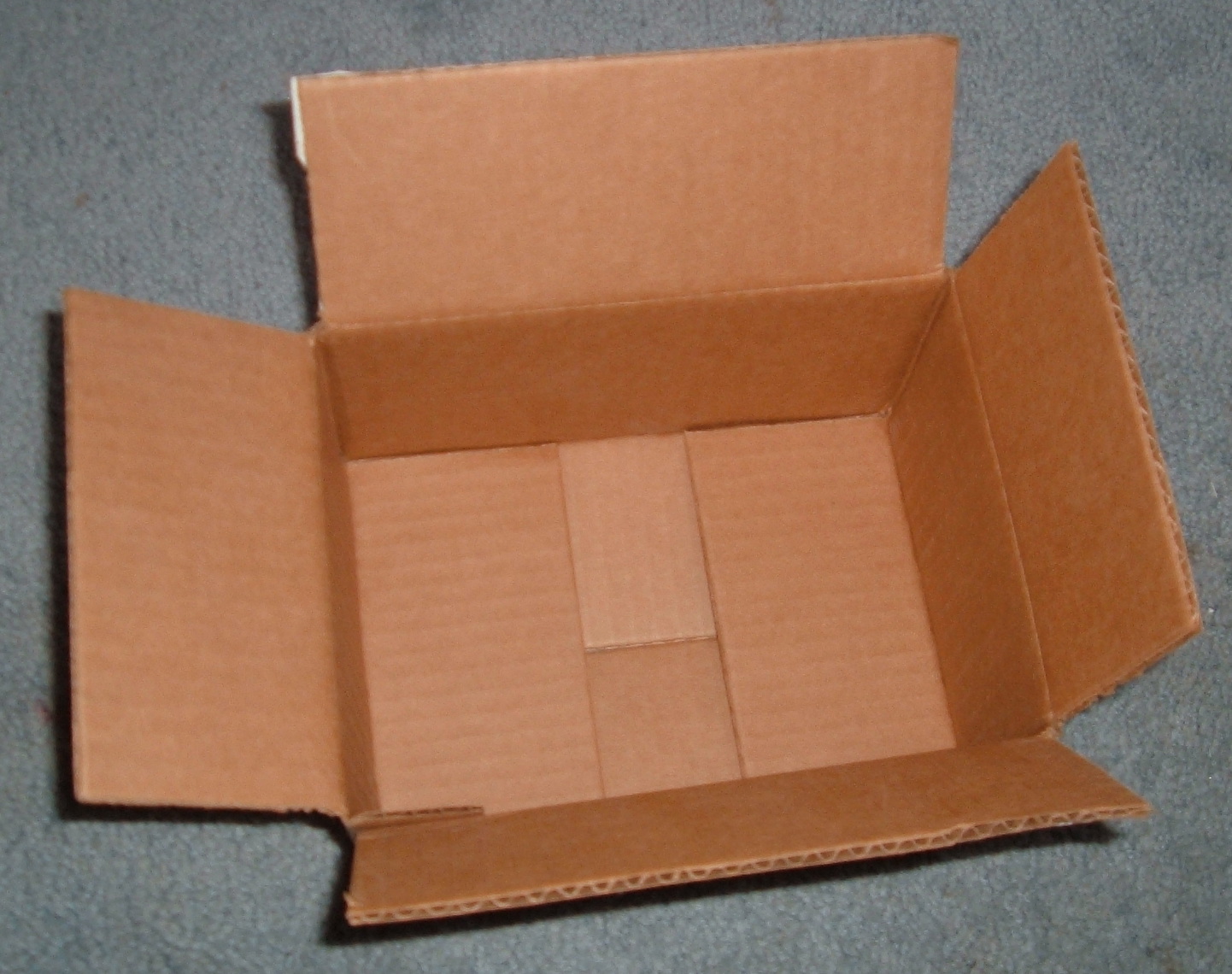|
Khon Kaen Scavengers
Waste pickers in Khon Kaen, Thailand are Informal economy, unregistered workers who search through Waste, trash for Recycling, recyclable goods that can be sold to distributors for a price. These workers live in all parts of the city, ranging from slums adjacent to railroad tracks to houses built on the landfill. Most scavengers have moved from surrounding provinces in search of a more reliable wage that can support their families. Others, however, were bankrupted after the 1997 Asian Financial Crisis, Crash in 1997 and became scavengers. The two main communities of scavengers are slum communities and those who live by the landfill. Slum communities These communities have two methods of scavenging. The first is with a Baggage cart, push cart, where the scavenger walks to local trash cans in search of recyclables. This method usually grosses 170 baht per day, or $5.50 a day. The other method uses a motorcycle with a cart tied to the back. This method grosses about 250 baht per day, o ... [...More Info...] [...Related Items...] OR: [Wikipedia] [Google] [Baidu] |
Waste Picker
A waste picker is a person who salvages reusable or recyclable materials thrown away by others to sell or for personal consumption. There are millions of waste pickers worldwide, predominantly in developing countries, but increasingly in post-industrial countries as well. Various forms of waste picking have been practiced since antiquity, but modern traditions of waste picking took root during industrialization in the nineteenth century. Over the past half-century, waste picking has expanded vastly in the developing world due to urbanization, toxic colonialism and the global waste trade. Many cities only provide solid waste collection. Terminology Many terms are used to refer to people who salvage recyclables from the waste stream for sale or personal consumption. In English, these terms include ''rag picker'', ''reclaimer'', ''informal resource recoverer'', ''binner'', ''recycler'', ''poacher'', ''salvager'', ''scavenger'', and ''waste picker''; in Spanish ''cartonero'', ''chat ... [...More Info...] [...Related Items...] OR: [Wikipedia] [Google] [Baidu] |
Aluminum Can
An Aluminum can (British English: Tin can) is a single-use container for packaging made primarily of aluminum. It is commonly used for food and beverages such as milk and soup but also for products such as oil, chemicals, and other liquids. Global production is 180 billion annually and constitutes the largest single use of aluminum globally. Usage Use of aluminum in cans began in 1957. Aluminum offers greater malleability, resulting in ease of manufacture; this gave rise to the two-piece can, where all but the top of the can is simply stamped out of a single piece of aluminum, rather than constructed from two pieces of steel. The inside of the can is lined by spray coating an epoxy lacquer or polymer to protect the aluminum from being corroded by acidic contents such as carbonated beverages and imparting a metallic taste to the beverage. The epoxy may contain bisphenol A. A label is either printed directly on the side of the can or will be glued to the outside of the curved surfa ... [...More Info...] [...Related Items...] OR: [Wikipedia] [Google] [Baidu] |
Loan Sharks
A loan shark is a person who offers loans at extremely high interest rates, has strict terms of collection upon failure, and generally operates outside the law. Description Because loan sharks operate mostly illegally, they cannot reasonably expect to be able to use the legal system to collect such debts, they often resort to enforcing repayment by terms of blackmail and threats of violence. Historically, many moneylenders skirted between legal and criminal activity. In the recent western world, loan sharks have been a prominent feature of the criminal underworld. Loan sharking is not to be confused with predatory lending with extremely high interest rates such as payday or title loans, which is sometimes considered to be "loan sharking" (or, at least, unfavorably compared to loan sharking by critics) regardless of whether it is legal. A key difference between "traditional" loan sharking and predatory lending is that lenders alleged to be engaged in the latter practice are exp ... [...More Info...] [...Related Items...] OR: [Wikipedia] [Google] [Baidu] |
Debt
Debt is an obligation that requires one party, the debtor, to pay money or other agreed-upon value to another party, the creditor. Debt is a deferred payment, or series of payments, which differentiates it from an immediate purchase. The debt may be owed by sovereign state or country, local government, company, or an individual. Commercial debt is generally subject to contractual terms regarding the amount and timing of repayments of principal and interest. Loans, bonds, notes, and mortgages are all types of debt. In financial accounting, debt is a type of financial transaction, as distinct from equity. The term can also be used metaphorically to cover moral obligations and other interactions not based on a monetary value. For example, in Western cultures, a person who has been helped by a second person is sometimes said to owe a "debt of gratitude" to the second person. Etymology The English term "debt" was first used in the late 13th century. The term "debt" comes ... [...More Info...] [...Related Items...] OR: [Wikipedia] [Google] [Baidu] |
Copper
Copper is a chemical element with the symbol Cu (from la, cuprum) and atomic number 29. It is a soft, malleable, and ductile metal with very high thermal and electrical conductivity. A freshly exposed surface of pure copper has a pinkish-orange color. Copper is used as a conductor of heat and electricity, as a building material, and as a constituent of various metal alloys, such as sterling silver used in jewelry, cupronickel used to make marine hardware and coins, and constantan used in strain gauges and thermocouples for temperature measurement. Copper is one of the few metals that can occur in nature in a directly usable metallic form ( native metals). This led to very early human use in several regions, from circa 8000 BC. Thousands of years later, it was the first metal to be smelted from sulfide ores, circa 5000 BC; the first metal to be cast into a shape in a mold, c. 4000 BC; and the first metal to be purposely alloyed with another metal, tin, to create ... [...More Info...] [...Related Items...] OR: [Wikipedia] [Google] [Baidu] |
Brass
Brass is an alloy of copper (Cu) and zinc (Zn), in proportions which can be varied to achieve different mechanical, electrical, and chemical properties. It is a substitutional alloy: atoms of the two constituents may replace each other within the same crystal structure. Brass is similar to bronze, another copper alloy, that uses tin instead of zinc. Both bronze and brass may include small proportions of a range of other elements including arsenic (As), lead (Pb), phosphorus (P), aluminium (Al), manganese (Mn), and silicon (Si). Historically, the distinction between the two alloys has been less consistent and clear, and modern practice in museums and archaeology increasingly avoids both terms for historical objects in favor of the more general "copper alloy". Brass has long been a popular material for decoration due to its bright, gold-like appearance; being used for drawer pulls and doorknobs. It has also been widely used to make utensils because of its low melting ... [...More Info...] [...Related Items...] OR: [Wikipedia] [Google] [Baidu] |
Aluminum
Aluminium (aluminum in American and Canadian English) is a chemical element with the symbol Al and atomic number 13. Aluminium has a density lower than those of other common metals, at approximately one third that of steel. It has a great affinity towards oxygen, and forms a protective layer of oxide on the surface when exposed to air. Aluminium visually resembles silver, both in its color and in its great ability to reflect light. It is soft, non-magnetic and ductile. It has one stable isotope, 27Al; this isotope is very common, making aluminium the twelfth most common element in the Universe. The radioactivity of 26Al is used in radiodating. Chemically, aluminium is a post-transition metal in the boron group; as is common for the group, aluminium forms compounds primarily in the +3 oxidation state. The aluminium cation Al3+ is small and highly charged; as such, it is polarizing, and bonds aluminium forms tend towards covalency. The strong affinity towards ox ... [...More Info...] [...Related Items...] OR: [Wikipedia] [Google] [Baidu] |
Plastic Bottle
A plastic bottle is a bottle constructed from high-density or low density plastic. Plastic bottles are typically used to store liquids such as water, soft drinks, motor oil, cooking oil, medicine, shampoo, milk, and ink. The size ranges from very small bottles to large carboys. Consumer blow molded containers often have integral handles or are shaped to facilitate grasping. Plastic was invented in the 19th century and was originally used to replace common materials such as ivory, rubber, and shellac. Plastic bottles were first used commercially in 1947, but remained relatively expensive until the early 1950s when high-density polyethylene was introduced. They quickly became popular with both manufacturers and customers because compared to glass bottles, plastic bottles are lighter, cheaper and easier to transport. However, the biggest advantage plastic bottles have over their glass counterparts is their superior resistance to breakage, in both production and transportation. Ex ... [...More Info...] [...Related Items...] OR: [Wikipedia] [Google] [Baidu] |
Iron
Iron () is a chemical element with symbol Fe (from la, ferrum) and atomic number 26. It is a metal that belongs to the first transition series and group 8 of the periodic table. It is, by mass, the most common element on Earth, right in front of oxygen (32.1% and 30.1%, respectively), forming much of Earth's outer and inner core. It is the fourth most common element in the Earth's crust. In its metallic state, iron is rare in the Earth's crust, limited mainly to deposition by meteorites. Iron ores, by contrast, are among the most abundant in the Earth's crust, although extracting usable metal from them requires kilns or furnaces capable of reaching or higher, about higher than that required to smelt copper. Humans started to master that process in Eurasia during the 2nd millennium BCE and the use of iron tools and weapons began to displace copper alloys, in some regions, only around 1200 BCE. That event is considered the transition from the Bronze Age to the Iron A ... [...More Info...] [...Related Items...] OR: [Wikipedia] [Google] [Baidu] |
Paper
Paper is a thin sheet material produced by mechanically or chemically processing cellulose fibres derived from wood, rags, grasses or other vegetable sources in water, draining the water through fine mesh leaving the fibre evenly distributed on the surface, followed by pressing and drying. Although paper was originally made in single sheets by hand, almost all is now made on large machines—some making reels 10 metres wide, running at 2,000 metres per minute and up to 600,000 tonnes a year. It is a versatile material with many uses, including printing, painting, graphics, signage, design, packaging, decorating, writing, and cleaning. It may also be used as filter paper, wallpaper, book endpaper, conservation paper, laminated worktops, toilet tissue, or currency and security paper, or in a number of industrial and construction processes. The papermaking process developed in east Asia, probably China, at least as early as 105 CE, by the Han court eunuch Cai Lun, although the ... [...More Info...] [...Related Items...] OR: [Wikipedia] [Google] [Baidu] |
Cardboard Box
Cardboard boxes are industrially prefabricated boxes, primarily used for packaging goods and materials. Specialists in industry seldom use the term cardboard because it does not denote a specific material. The term ''cardboard'' may refer to a variety of heavy paper-like materials, including card stock, corrugated fiberboard, and paperboard. Cardboard boxes can be readily recycled. Terminology Several types of containers are sometimes called ''cardboard boxes'': File:Cream of Wheat.jpg, Paperboard carton or box File:Archive boxes.JPG, Corrugated box File:Yoohoo-boxes.jpg, Drink box File:ErlebnisSennerei Zillertal Bergmilch.jpg, Gable-top carton made of liquid packaging board File:White-Box-of-Chocolates.jpg, Set-up box made of rigid paperboard In business and industry, material producers, container manufacturers, packaging engineers, and standards organizations, try to use more specific terminology. There is still not complete and uniform usage. Often the term "cardboard" is ... [...More Info...] [...Related Items...] OR: [Wikipedia] [Google] [Baidu] |
Sheet Metal
Sheet metal is metal formed into thin, flat pieces, usually by an industrial process. Sheet metal is one of the fundamental forms used in metalworking, and it can be cut and bent into a variety of shapes. Thicknesses can vary significantly; extremely thin sheets are considered foil or leaf, and pieces thicker than 6 mm (0.25 in) are considered plate, such as plate steel, a class of structural steel. Sheet metal is available in flat pieces or coiled strips. The coils are formed by running a continuous sheet of metal through a roll slitter. In most of the world, sheet metal thickness is consistently specified in millimeters. In the U.S., the thickness of sheet metal is commonly specified by a traditional, non-linear measure known as its gauge. The larger the gauge number, the thinner the metal. Commonly used steel sheet metal ranges from 30 gauge to about 7 gauge. Gauge differs between ferrous ( iron-based) metals and nonferrous metals such as aluminum or copper. Cop ... [...More Info...] [...Related Items...] OR: [Wikipedia] [Google] [Baidu] |








